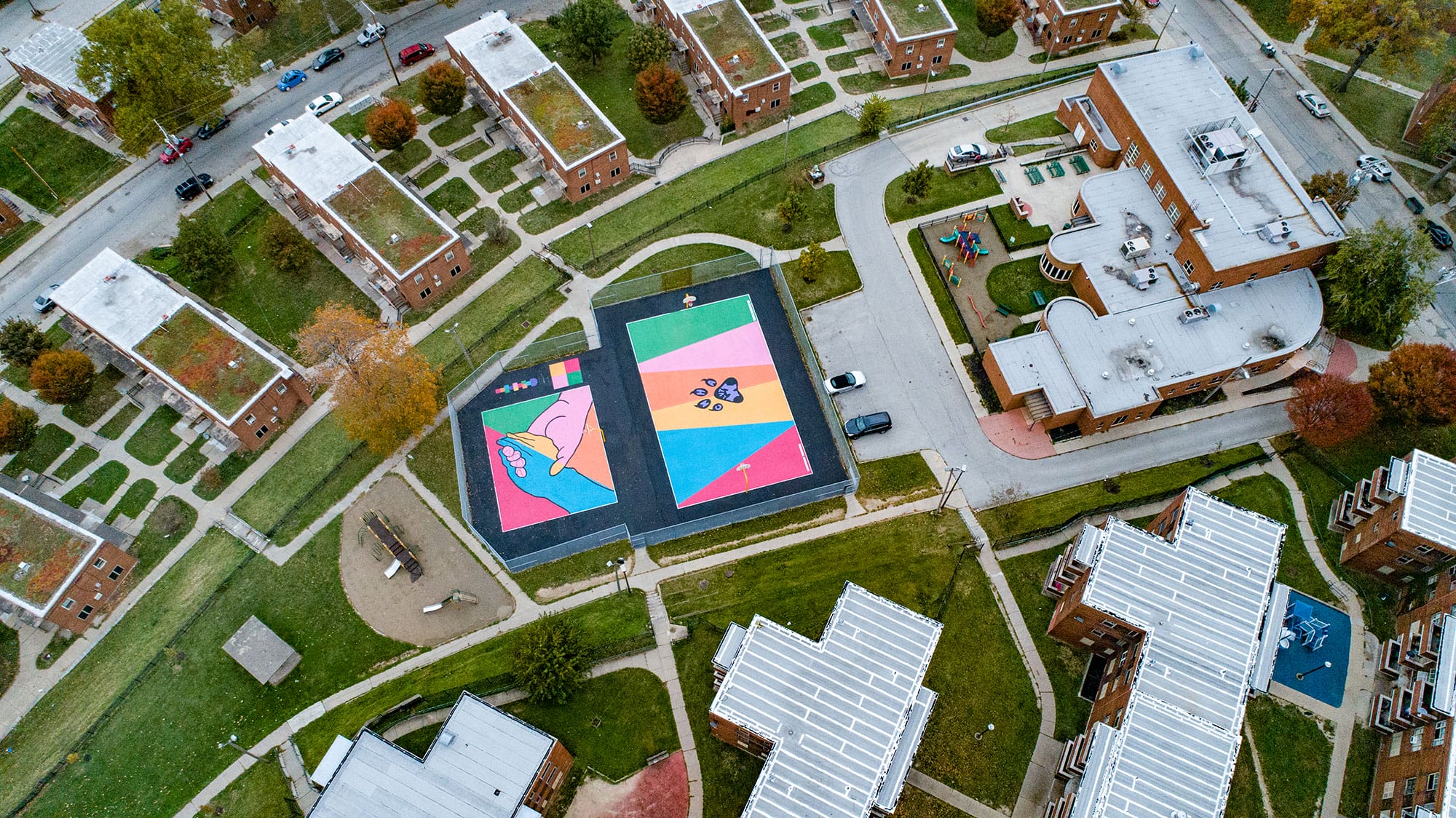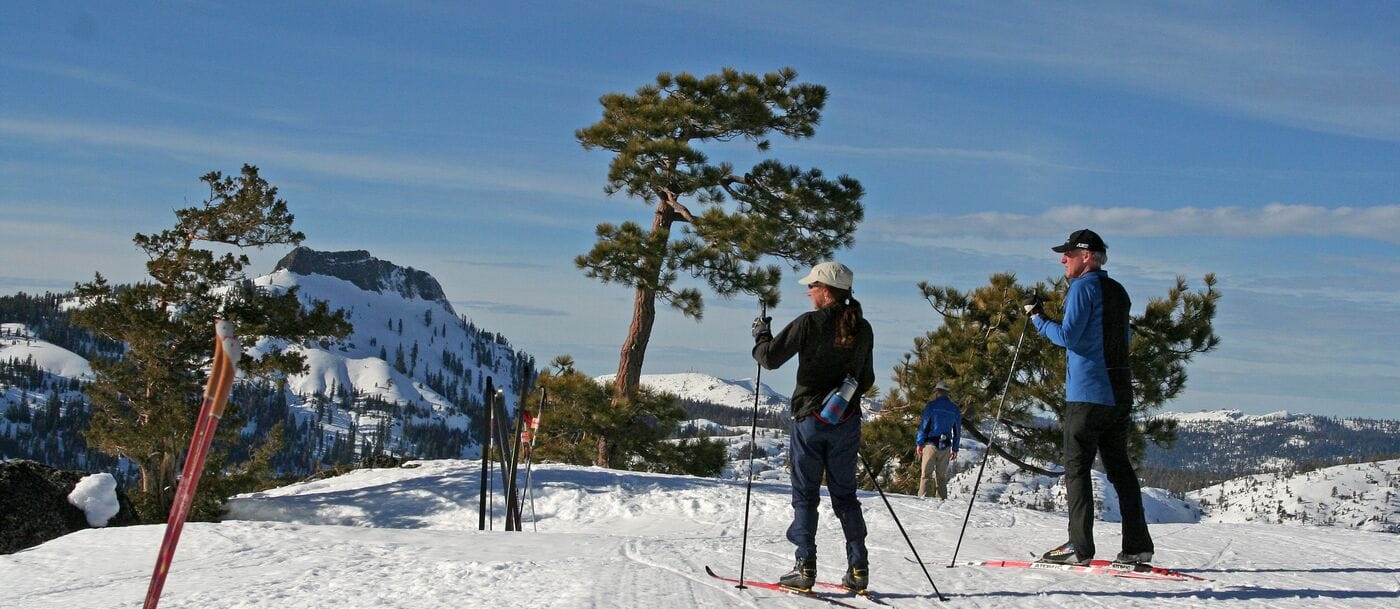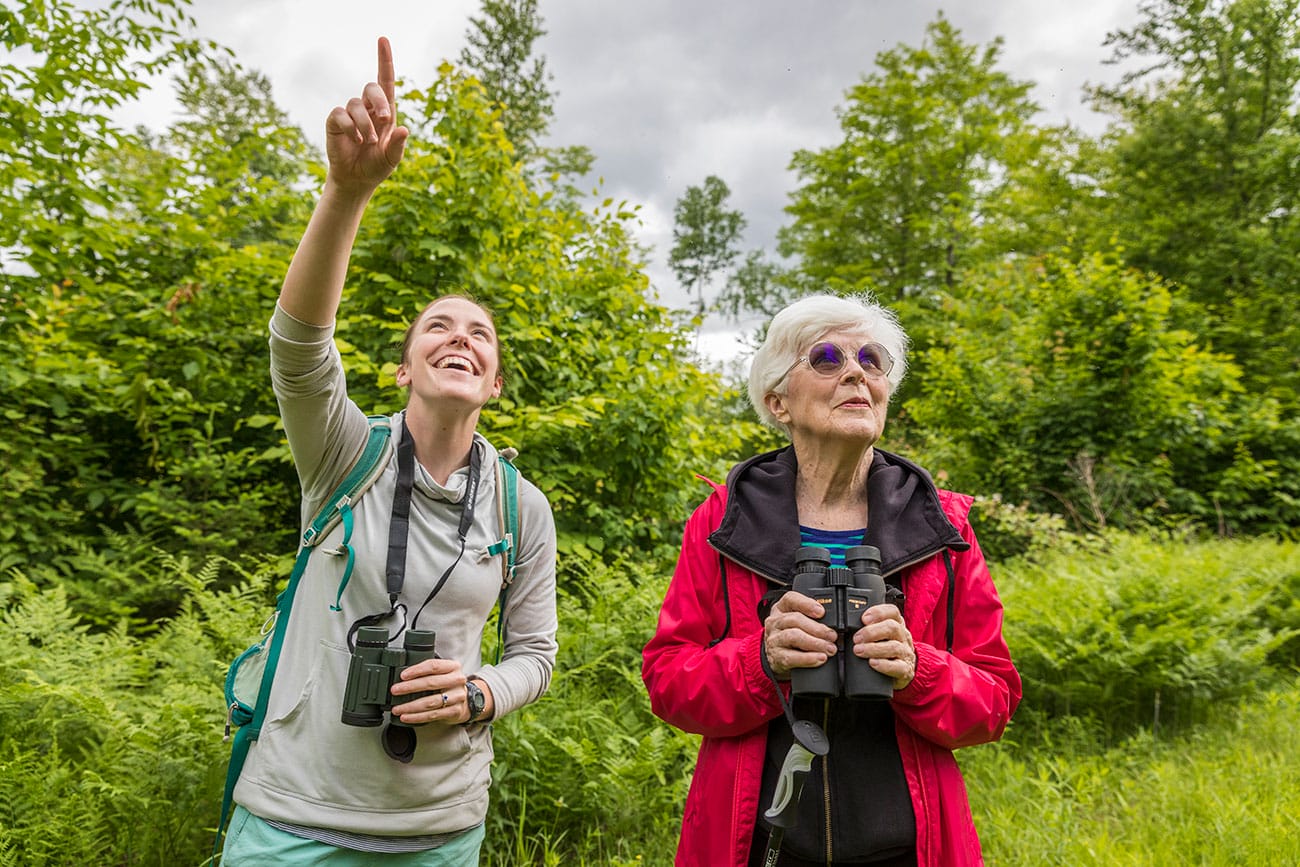
The town forest grows up
The town forest grows up
New England is rich in traditions, and our favorite is the community forest. It’s an idea with its roots in the colonial era, when surveyors set aside public commons for grazing livestock, gathering fuel, and supporting schools and churches. Later laws gave local authorities the ability to establish town forests, whose timber harvests could help cover expenses.
Today, town forests are still sustaining local timber economies. But they’re also proving beneficial in ways early New Englanders didn’t anticipate: protecting watersheds, attracting tourists, and safeguarding green space as communities grow. As Vermont marks the 100th anniversary of its Municipal Forest Act, we’re taking a look at three award-winning Trust for Public Land projects where the time-honored town forest model is being put to new use.
Barre Town Forest
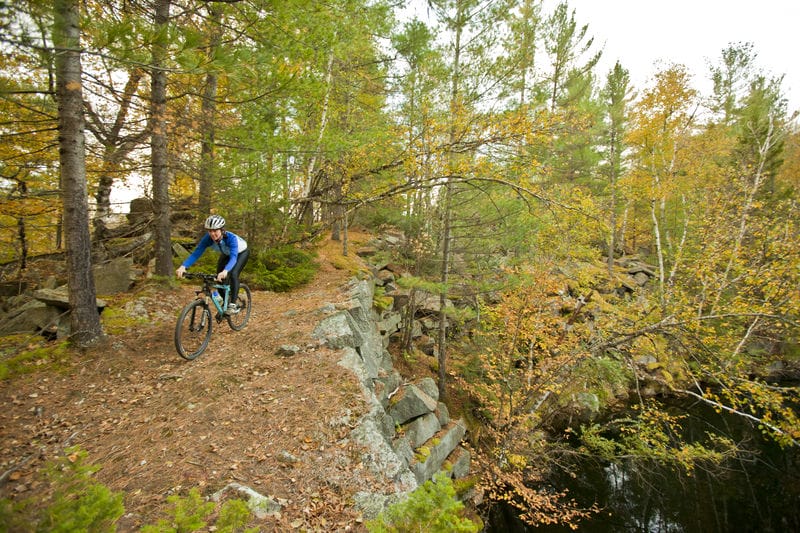
A century ago, Barre Town was a major hub for granite. But as mining operations slowed, sugar maple and birch began to reclaim the abandoned quarries, setting the stage for some world-class mountain biking. In 2013, The Trust or Public Land helped permanently protect Barre Town Forest, a magnet for hikers, snowmobilers, and riders who come from across the region to tackle rocky trails with names like “Boulder Dash.” As well as an athletic challenge, the trails offer a fascinating glimpse into the community’s past: relics and remnants of the old quarry dot the forest, with interpretive signage helps put it all in context.
Brushwood Community Forest
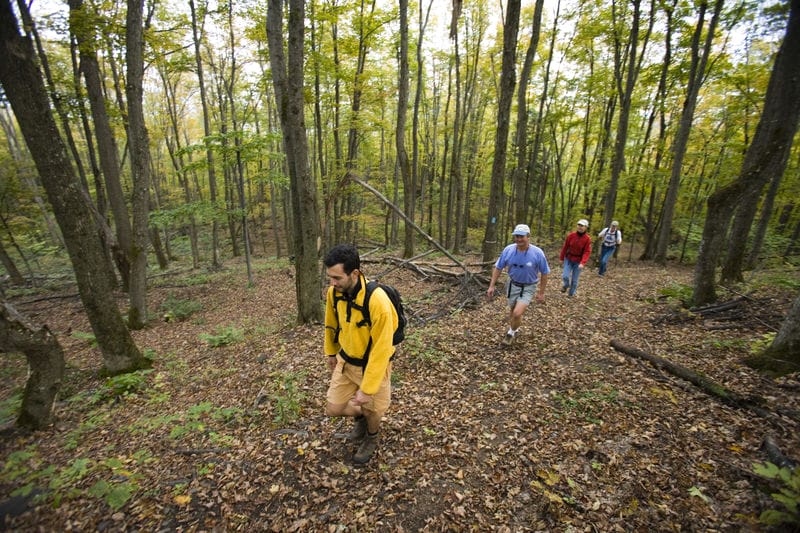
For modern-day land planners, conservation is often less about expanding public lands than linking them together. Connectivity boosts trail options for people looking to hike, camp, and explore the woods—plus it’s critical for wildlife that need unbroken habitat to roam. Brushwood Community Forest, spanning the towns of Fairlee and West Fairlee, joined two existing pieces of public land to create one of the largest blocks of undeveloped forest the region. Its diverse tree species and large wetland ecosystems are a refuge for bald eagle, moose, bear, and even bobcat—slowly returning to the woods of Vermont after a long absence.
West Windsor Town Forest

With so much to offer, it’s no wonder that the idea of locally owned woodlands has spread from New England all way to the redwoods of California. Is there a community forest where you live? Make it a part of your own traditions! They’re the perfect place for a fun day out.
Despite the importance and popularity of our forests, they face unprecedented threats. Take action now and urge Congress to protect our country’s forests by signing our petition today!


Donate to become a member, and you’ll receive a subscription to Land&People magazine, our biannual publication featuring exclusive, inspiring stories about our work connecting everyone to the outdoors.
See how our supporters are helping us connect people to the outdoors across the country.




